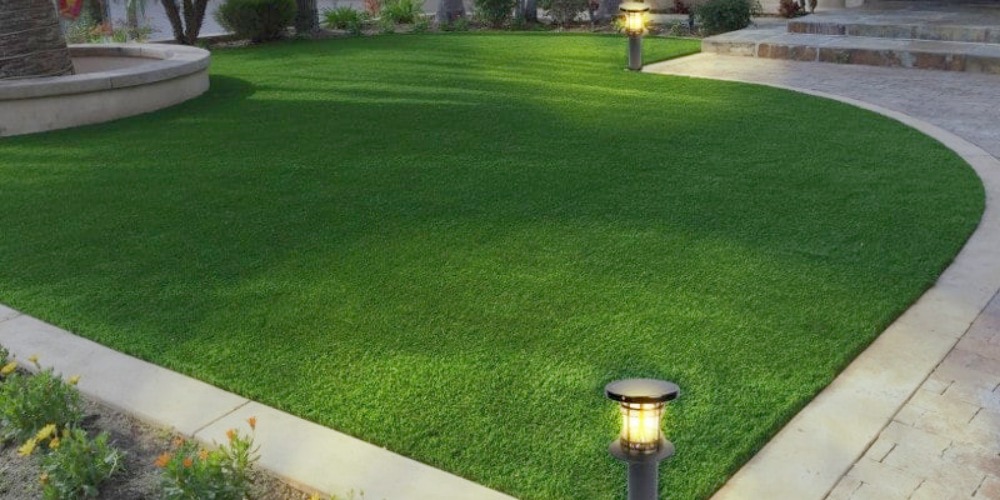The Future of Energy Independence Unleash the Power of a 24H Working Off-Grid Solar System
Imagine being able to power your entire home, even when the grid goes down. With a 24H working off-grid solar system, you can enjoy uninterrupted energy supply no matter the circumstances. Whether you’re looking for a whole set off-grid solar supplying kit, a 24V off-grid solar energy system, a complete solar photovoltaic system, or a 12V lead acid battery solar system kit, we’ve got you covered. Let’s dive into the world of off-grid solar systems and discover the benefits of harnessing the sun’s energy!
Embrace Energy Independence with a Complete Solar Photovoltaic System
With the rising concerns about environmental impact and unpredictable power outages, more and more people are turning to off-grid solar systems. Offering a sustainable and reliable energy solution, a complete solar photovoltaic system is the way of the future. It consists of solar panels, an inverter, batteries, and a charge controller, all combined to create a self-sufficient power station.
Uninterrupted Power Supply with a 24H Working Off-Grid Solar System
In a world where blackouts and grid failures can disrupt our daily lives, a 24H working off-grid solar system can provide a reliable power source. By utilizing the latest technology and high-quality components, these systems ensure you have electricity at your fingertips around the clock. No more worrying about power outages or dependency on the grid – you can be energy independent.
Tailored Solutions: Whole Set Off-Grid Solar Supplying Kit
Do you want a hassle-free option that includes everything you need? Look no further than a whole set off-grid solar supplying kit. These kits come with pre-selected components that work seamlessly together, taking the guesswork out of system design. You’ll have peace of mind knowing that all the necessary parts, from solar panels to batteries and inverters, have been carefully chosen to create a harmonious and efficient solar setup.
Versatile Energy Solutions: 24V Off-Grid Solar Energy System
If you require a higher voltage system to meet your energy demands, a 24V off-grid solar energy system is an excellent choice. These systems are designed to handle larger loads and can power multiple appliances simultaneously. From running major household appliances to charging electric vehicles, a 24V system provides the flexibility and power you need to live comfortably off the grid.
Efficiency and Durability: 12V Lead Acid Battery Solar System Kit
For smaller-scale off-grid applications, such as cabins, RVs, or remote locations, a 12V lead acid battery solar system kit is a cost-effective solution. These kits include a solar panel, a charge controller, and a 12V battery. Despite their compact size, they can still provide ample power for lighting, small appliances, and charging electronic devices. Their durability makes them ideal for off-grid adventures.
Power for All: Off-Grid Single Phase Solar System
If you’re looking to power your home or business with a single-phase grid-tied solar system, an off-grid single-phase solar system is the way to go. These systems use solar panels to generate electricity and store excess energy in batteries for use during periods when the sun isn’t shining. With the ability to power your entire household or commercial property, you can save money on energy bills and reduce your carbon footprint simultaneously.
In conclusion, the future of energy lies in harnessing the power of the sun. Whether you choose a whole set off-grid solar supplying kit, a 24V off-grid solar energy system, a complete solar photovoltaic system, a 12V lead acid battery solar system kit, or an off-grid single-phase solar system, you’re embracing energy independence, reducing your reliance on the grid, and making a positive impact on the environment. Say goodbye to power outages and hello to a brighter, cleaner future with an off-grid solar system tailored to your needs.



